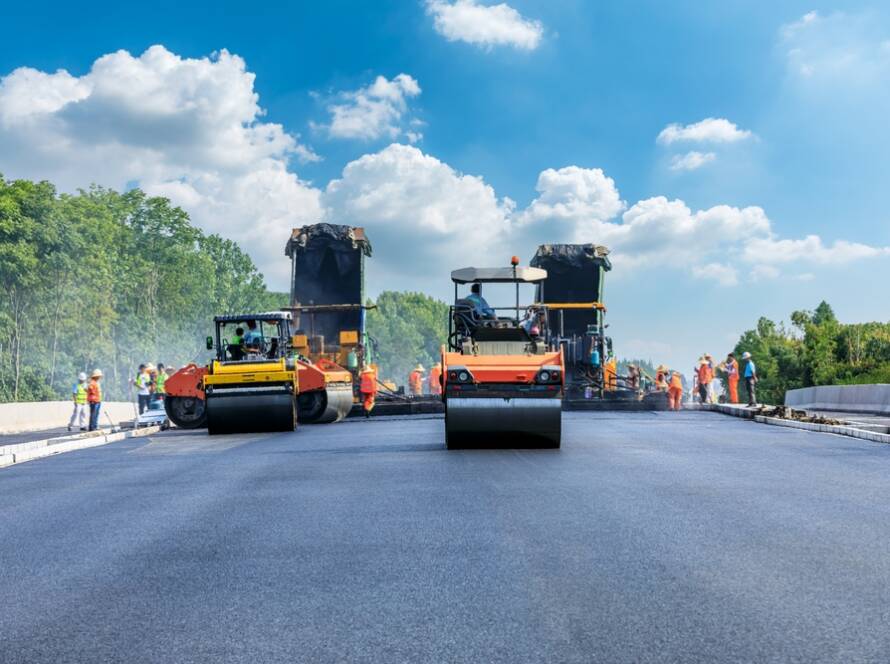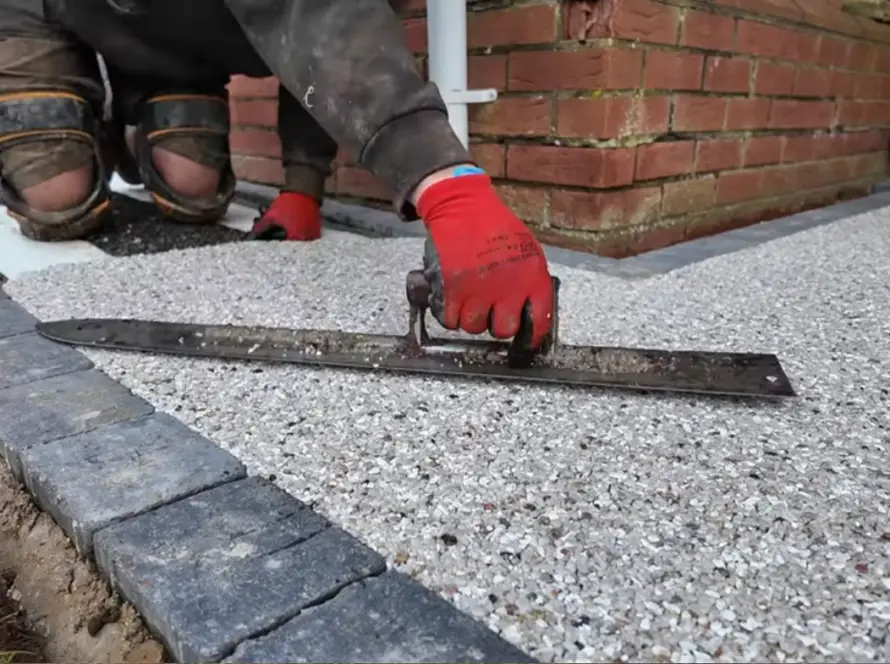As infrastructure demands grow, so does our environmental footprint—especially in road construction. Traditional surfacing methods often rely on energy-intensive materials and processes with a high carbon output. But now, a shift toward sustainable road surfacing is underway across the UK. Residents, councils, and commercial operators are demanding alternatives that are both eco-conscious and durable. Sustainable materials aren’t just better for the planet—they also offer long-term savings and improved performance.
Why Sustainability Matters in Surfacing
1. Cutting Carbon Emissions
Conventional asphalt production is energy-heavy and emits significant CO₂. With UK net-zero targets driving change, greener options are becoming essential.
2. Conserving Natural Resources
Choosing recycled aggregates and binders helps reduce reliance on finite resources like virgin asphalt and gravel.
3. Cost Savings Over Time
While some sustainable solutions may have higher upfront costs, their longevity and reduced repair needs offer better value in the long run.
Sustainable Materials & Technologies in Use
| Material or Method | Why It’s Sustainable | Benefits |
|---|---|---|
| Recycled Asphalt (RAP) | Reuses old asphalt in new mixes | Reduces waste, lowers production energy |
| Resin-Bound Surfaces | Uses local aggregates bound with eco-friendly resin | Permeable, UV-resistant, recyclable |
| Cold Lay Asphalt | Applies at lower temperatures and uses less energy | Faster installation, less fuel, lower emissions |
| Warm Mix Asphalt | Needs ~50% less heating than traditional hot mix | Energy-efficient, retains workability at lower heat |
| Surface Dressing | Seals existing roads with bitumen and chippings | Extends life with minimal material use |
Benefits of Sustainable Surfacing
- Lower Carbon Footprint: Reduced energy usage and raw material consumption.
- Improved Drainage: Permeable surfaces mean fewer puddles and better water management.
- Enhanced Durability: UV-resistant binders reduce aging and brittleness.
- Circular Economy Friendly: Reusable and recyclable—especially with RAP and resin surfaces.
Real-World Applications
Forward-thinking local authorities and contractors have started using sustainable methods for driveways, footpaths, and rural roads. For example, resin-bound surfacing has proven popular in retail parks and residential areas due to its aesthetic appeal, permeability, and longevity.
Investing now in eco-friendly infrastructure prevents high-cost overhauls later.
Why Choose Total Surfacing Solutions
At Total Surfacing Solutions, sustainability isn’t just a buzzword—it’s a practice. Covering Hertfordshire, Essex, and London, they specialize in surfacing services like resin-bound installations, tarmac resurfacing, and sustainable repairs. With 25+ years of experience, they prioritize eco-friendly methods that resist weathering, reduce environmental impact, and deliver top-tier performance. From private driveways to commercial sites, Total Surfacing Solutions brings expertise and green innovation together.
Getting Started with Sustainable Surfacing
- Run a Site Audit: Check for drainage, wear, and surface health.
- Select the Right Material: Match expectations with Resin Drill for permeability or RAP for budget-friendly sustainability.
- Plan Maintenance Smartly: Use surface dressing or sealant treatments early to extend life.
- Partner with the Right Team: Look for contractors like Total Surfacing Solutions who know both the green tech and local standards.
Conclusion
Sustainable road surfacing is no longer optional—it’s a smart, long-term choice. It preserves resources, supports environmental goals, and offers superior cost-efficiency and lifespan. By leveraging materials like recycled asphalt and resin-bound surfaces, you’re investing in resilient infrastructure and future-ready communities.
Start paving the way to greener roads today.
Contact Total Surfacing Solutions for expert eco-friendly surfacing projects that stand the test of time.



